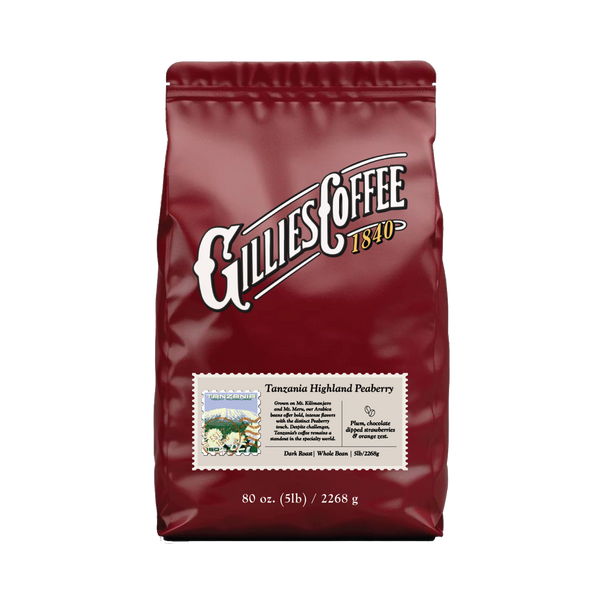Tanzania's coffee history dates back to the 1600s, likely introduced by the Haya people from Ethiopia. Initially, it was chewed as a stimulant. Arabica may have arrived later from Réunion. German priests introduced coffee cultivation to the Chagga tribesmen in the late 19th century. The British further expanded coffee planting during their rule, especially under Harold R. Higgins.
The Tanzania Kibo Chagga gained attention post-World War II, and in the US, the Peaberry style and David Robinson's Sweet Unity Farm brand contributed to Tanzania's coffee reputation. However, climate change has impacted crop size, and market conditions have lowered crop values, affecting farm incomes. Tanzania's 450,000 coffee-growing families face challenges, including the degradation of the Kilimanjaro name in Japan.
Arabicas are grown on Mt. Kilimanjaro, Mt. Meru, and other regions, each named after local towns like Moshi, Arusha, Mbeya, and Songea. The Japanese labeling practice allows Tanzanian coffee with only 30% beans to be labeled "Kilimanjaro coffee," impacting the name's authenticity.
Tanzania uses the British grading scale, with AA as the highest grade. Peaberry (PB) coffee, a mutation with intense flavor, is separated and sold as a deluxe grade. Despite challenges, Tanzania produced 1.3 million bags in the 2018-19 season.
Rich Dark Roast™ – DNS, coffeeman
CUP PROFILE: Plum, chocolate dipped strawberries & orange zest.




